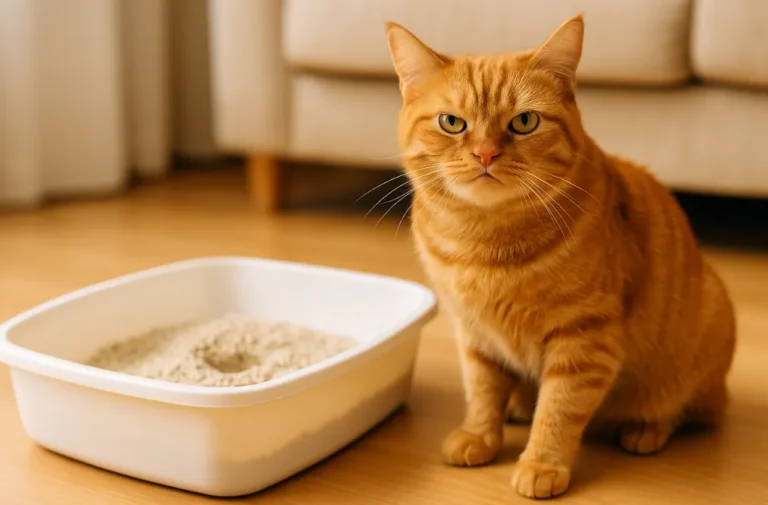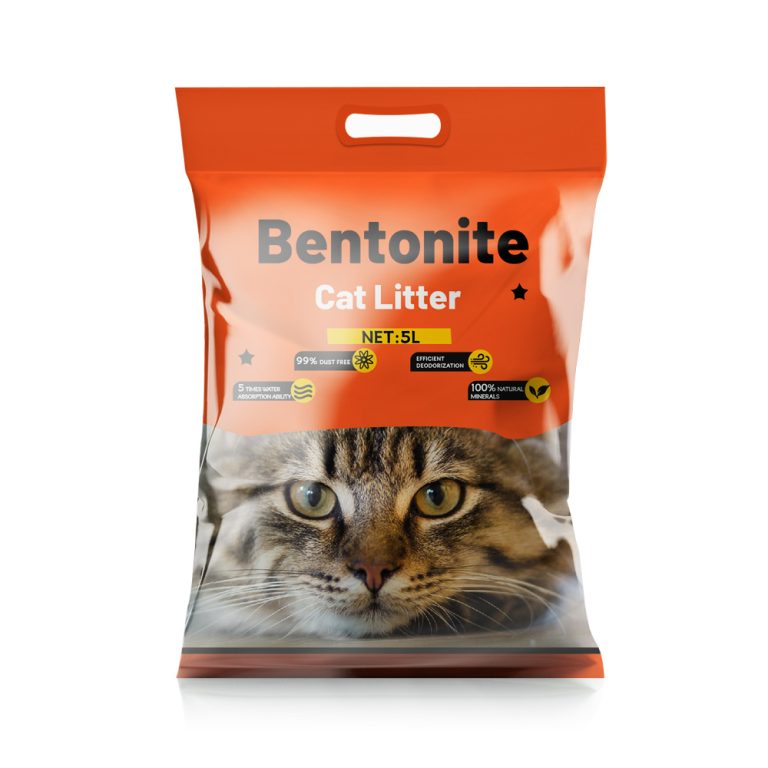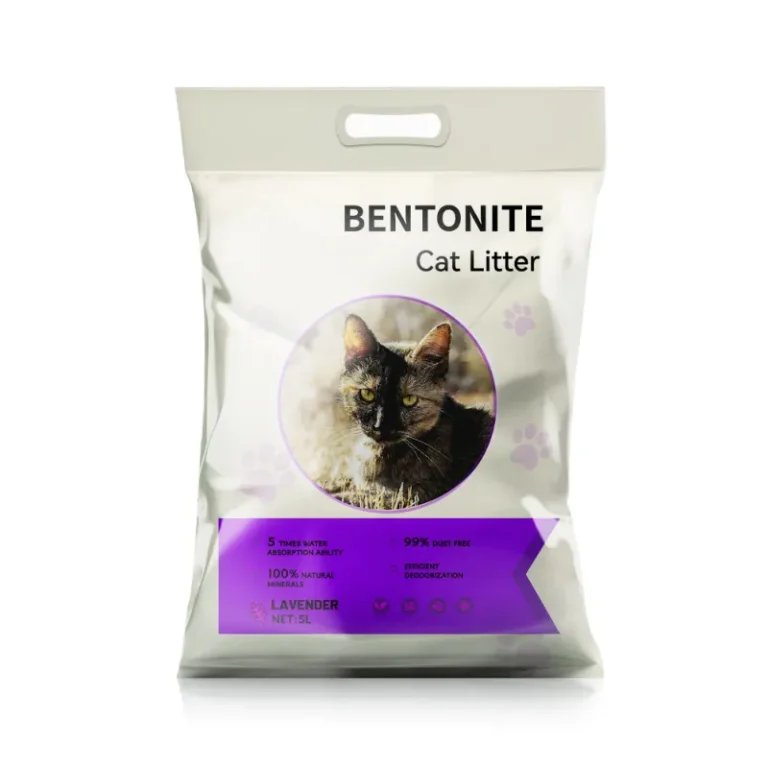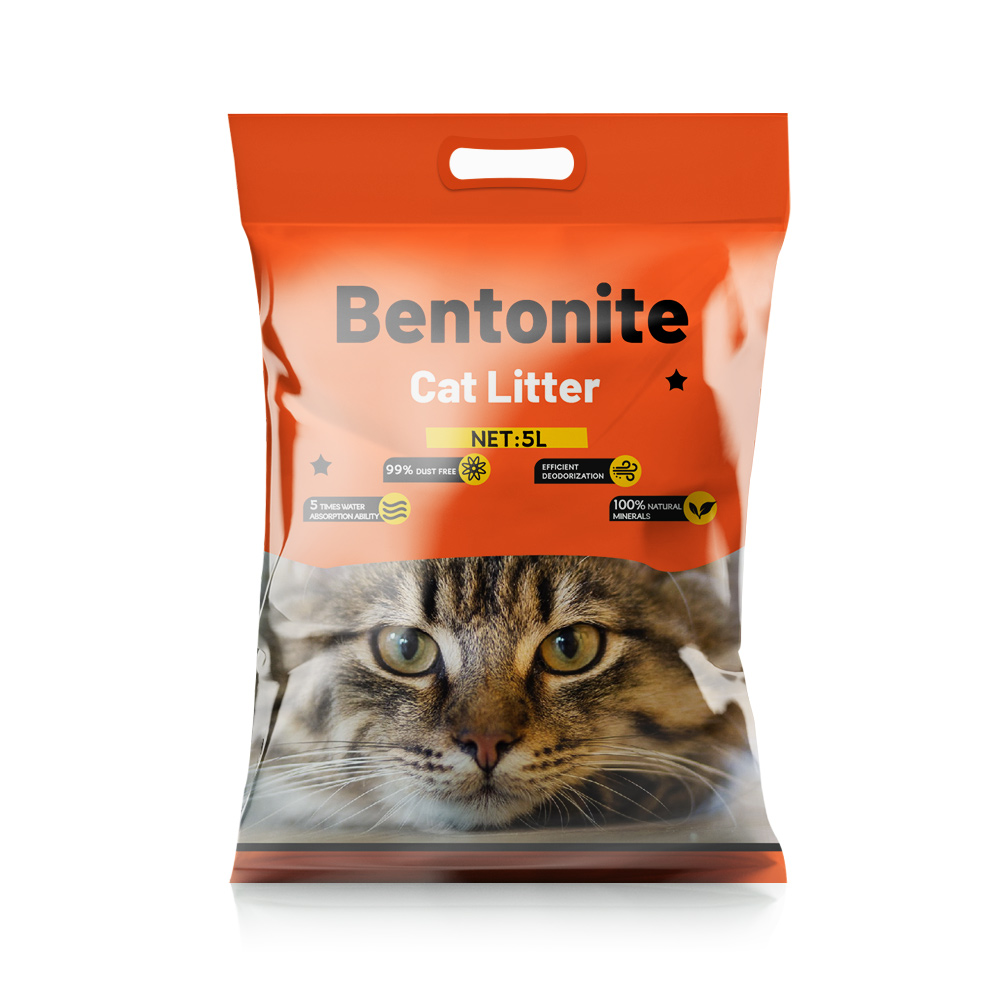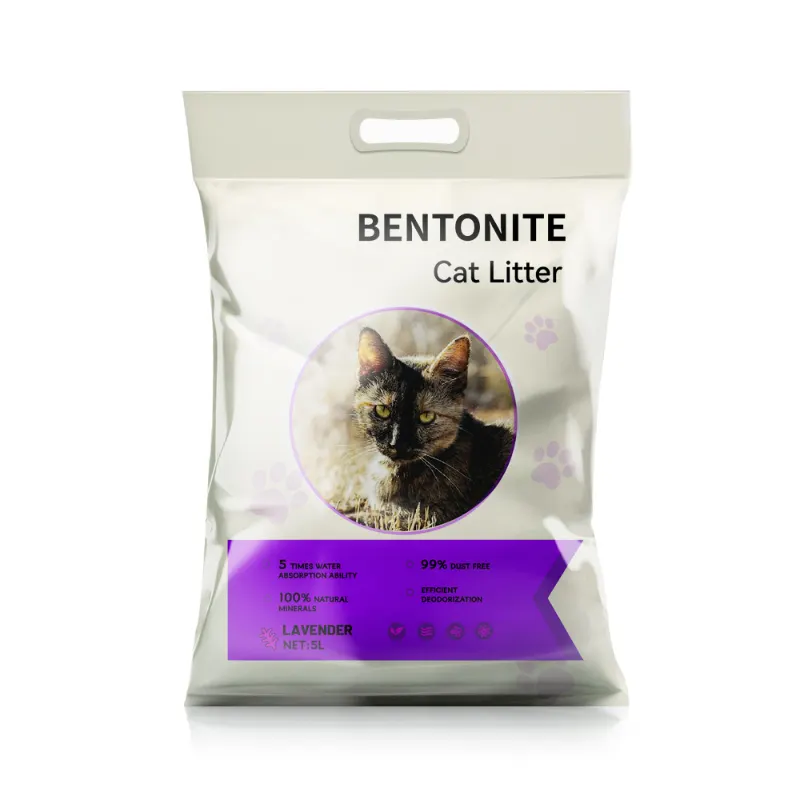
As human beings, cats too get stressed, and at times it is difficult to tell whether your cat is stressed or not. Since cats do not express anxiety, one will have to look at their behavior and attempt to figure out what is stressing them. Stress in cats may be expressed in the form of bad behavior or even sickness. Understanding how to recognize the signs and symptoms of stress is the key to simplifying and enriching your kitty’s life.
Are You Able to Recognize Symptoms of Stress in Your Cat?
Every cat is unique in its response to stress. Some are highly discreet, and some are very overt. The better you know your kitty, the earlier you will pick up on likely concern.
Behavioral Changes That You Might Recognize
- Hiding and withdrawal:Your cat withdraws and hides more.
- Irritability: Your cat is less patient with humans and more likely to withdraw.
- Litter tray resistance:Refusal to go into the litter or not opening the cat flap is a sign of stress.
Appetite or sleeping pattern change: Your cat’s appetite and sleeping pattern are also disturbed by stress.
Play behavior modification: Your playful cat who loves to play with toys would no longer do that or get sleepy all of a sudden.
Other Physical Signs of Stress
Scratching furniture: Even stressed cats scratch more.
Excessive meowing: Persistent meowing is a sign of distress.
Growling or hissing: Can be a sign of frustration or horror.
Restlessness: Pacing, circling, or nervous walking may be a sign of stress.
Physical symptoms: Vomiting, diarrhea, and excessive grooming may follow.
Sudden aggression or jitteriness: Sudden aggression or jitteriness without any reason could be a sign of stress.
These are the symptoms which should be looked for in order to know when your cat is experiencing stress.
What are the most common causes of stress in cats?
There are some social and environmental reasons that could be the origin of stress in your cat. The reason must be determined while providing stress-less environments.
General Stressors:
- Habit adaptation: Cats are dwellers. Any undesirable change such as feeding time or home environment modification would be stressful.
- Environmental conflicts: Other pet animals, noise, or visitor visits could generate tension.
- Litter box issues:Cats are extremely picky animals and have some dislikes as well. Likewise, a bad litter box would also stress them out.
- Social: Cats are a solitary wild animal and might be intruded upon by others or other animals.
- Diet:Carbohydrate diet leads to inflammation, which initiates the stress response.
- Stress in the human:Cats learn the owner’s stress and mood and therefore a stressed owner may also stress his or her cat.
- Inadequate socialization:Not exposing the pet to people, animals, or the environment leads to fear and anxiety.
Traumatic background: Abused or neglected cats possess psychological stimulus such as noise or restraint.
- Inadequate feeding arrangement:Delicate food bowls or deep food bowls cause whisker fatigue and stress.
How to Give Your Cat Stress-Free Environment

Now that the reasons behind stress have been realized, there are some alternatives that can be used to minimize your cat’s stress. Some of the beneficial measures are:
1. Meeting Basic Needs
Provide for it easily so that your feline companion has access to food and water, litter box, scratching post, comfortable bedding, and hideout where they can curl up and hide from view if they wish to be alone.
2. Provide Them with a Sanctuary
Provide your cat with a quiet refuge in which they are at ease. A cardboard box on a shelf, a snuggle cat tree, or a quiet spot is their refuge.
3. Be Ours
Observe your cat’s body and don’t insist on interaction. Allow them to come and go at will and leave space for them to approach if they wish to.
4. Fewer Intrusions
Keep intrusions to a minimum from outside, i.e., other cats in the street.
5. Routine
Cats like routine. Establish a routine feeding timetable, playtime schedule, and sleeping time schedule to provide your cat with stability.
6. Environmental Stimulation
Give a range of toys, scratching posts, and climbing structures to physically and mentally stimulate your cat.
7. The Ideal Litter Box
- One box, one cat, and one extra of the proper number oflitterboxes.
- Open-top litter box so that odors won’t be trapped inside.
- Low-dust, fast-clumping, lightly scented or unscented litter that won’t disgust your cat’s paws.
- Place the litter box in such a position that your cat has room to turn.
8. Try Calming Aids
- Pheromone diffusers may be calming for your cat.
- Aromatherapy: Certain essential oils, which are safe for cats like lavender or chamomile, are calming.
- Catnip is soothing in certain cats.
9. Dietary Adjustments
- Provide a fed diet, high protein and low carb if available.
- You may also try supplementing your cat’s diet with raw goat’s milk to prevent anxiety.
10. Minimize Your Own Stress
Your cat will have a better chance of reading emotional cues from you. Take good care of yourself—via meditation, exercise, or relaxation therapy—so that your own stress levels are minimized and your cat has a less stressful world to live in.
When Should You Seek Professional Help
If your cat’s stress is refractory or increases despite the above, see a vet or feline professional behaviorist. A vet will search for medical reasons for the stress, and a behaviorist will give personalized advice to overcome specific phobias.
With understanding the cat’s cues, drives, and potential sources of stress, and following these tips in mind, you can create a calm and safe home that makes your cat in general healthy. Happy house for all means happy and stress-free cat.

